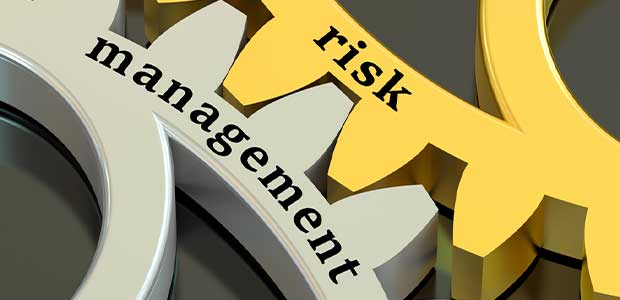Risk management is a skill that should not elude any organization, even when there is no trace of potential risk, a healthy organization should put risk management structure (s) in place. This is because every organization’s new project come with a potential risk, which can be caused by external forces like government policies or the environment, internal forces like the new project, the organization, shortage of resources or manpower, etc.
Read more about Career
The risk management process is a means of identifying, treating and managing risks; a framework of actions that need to be carried out in solving or curtailing risks.
Risk management is not supposed to be an uphill task for organizations to tackle, it does not need a lot of funds or be time-wasting. A simple structure, formalization and deep understanding of the risks or potential risks solve the problem.
This is why we have listed and explained the five steps to follow in risk management that are result-oriented.
1: Identification Of Impending Risk
There are four main categories of risk, which includes; hazard risk – fire outbreak, injuries, etc.; financial risk – economic meltdown, etc.; operational risk – a breach in the supply chain, etc. and strategic risk – new competitors, a taint on brand reputation, etc. The first step in the risk management process is to identify a risk or a potential risk.
You would need to work with a team, brainstorm and even work with industry experts to identify risk or potential risk surrounding your company’s operations.
2: Evaluate And Analyze The Risk
Once you have identified any risk with your team, the next thing is to study the severity of the risk, when it will possibly occur and what its ramifications are.
Evaluating and properly analyzing risk is important as it offers you the opportunity to understand the nature of the risk, its link with every other function of the organization and how best to tackle it.
Sign up to the Connect Nigeria daily newsletter
3: Rank And Group The Risk
In this third step, you will have to prioritize, rank and group the risk. Group similar risks together, rank risks according to the order of seriousness and severity, then prioritize and start with the most dangerous of them. Some risks need to be eliminated immediately otherwise the company will come to a standstill. Some can only be maintained and curtailed as they exist alongside the organization.
When you rank and group risks, you will be able to identify and solve the most threatening ones first without beating around the bush.
4: Handle Risk
It does not end at ranking and grouping risks, you will have to treat and handle the risks. This is where the job is done. If you don’t handle, treat and solve the risks, they will not go away.
At this level, you will use the appropriate mothed for each risk to proffer solutions. Look for needed resources and personnel for the risk. Trace its ramifications and sort them out.
5: Track Results
After putting everything in place, after employing and deploying all necessary resources and personnel for the treating of the identified risk (s), the next thing to do is to monitor the progress and results. It is expedient and wise to track and monitor the results because some risks can only be curtailed, but not necessarily be solved in toto. So, these kinds of risks are tricky, hence need to be monitored to manage them.
Risk management is vital because it alarms the business about the potential danger ahead or reviews immediate risks that can drag the company into danger. This is part of business growth: the ability to identify risks and solve them. The steps above are the evergreen method through which risks are solved and avoided.
Featured Image Source: Occupational Health And Safety
Got a suggestion? Contact us: [email protected]


